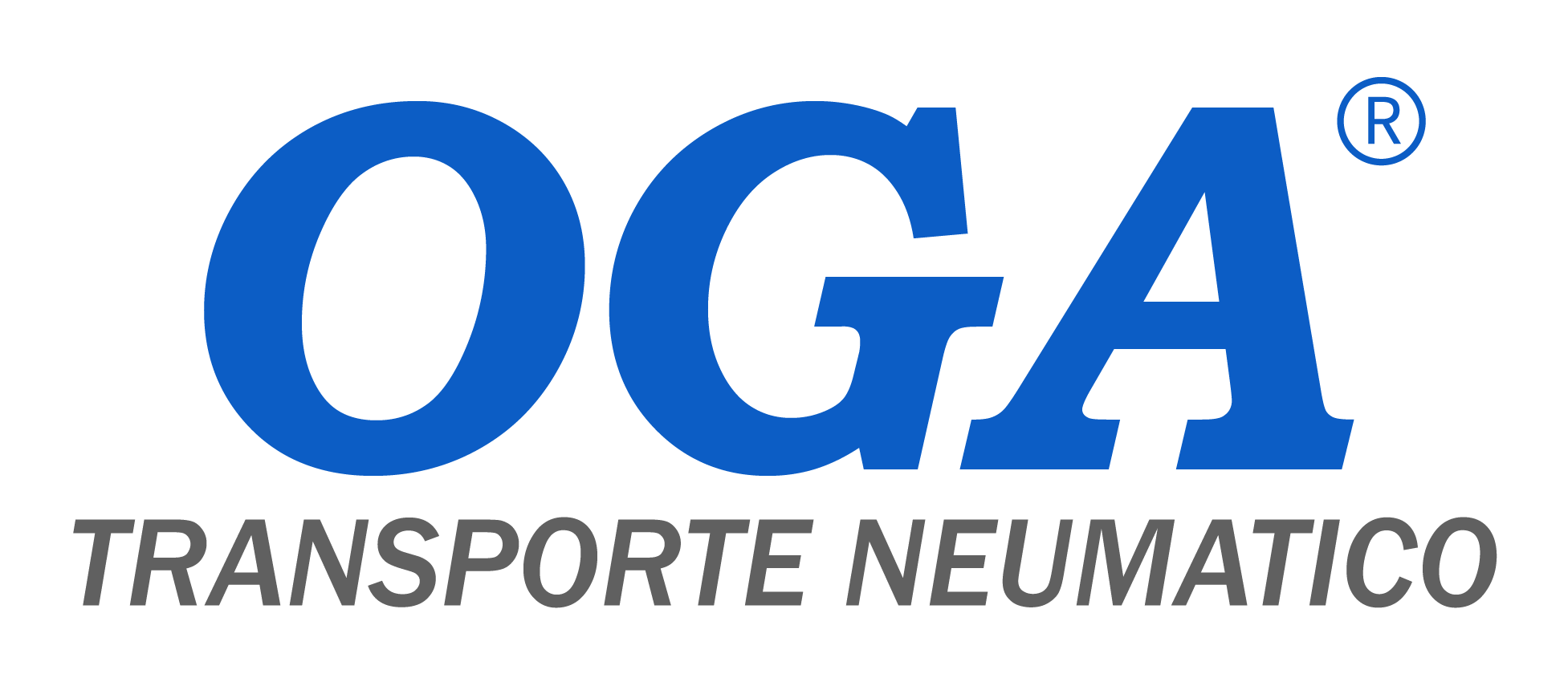
ATEX Systems Protection
Due to increasingly strict monitoring, documentation, and controls in industrial settings for the prevention of explosions in plants, the classification of potentially explosive areas and preventive measures to avoid and/or contain incidents resulting from mishandling of powders and grains in PNEUMATIC TRANSPORT SYSTEMS has gained greater significance.
There has been a misconception that system protection is solely related to the selection of classified electrical components in the system’s elements. However, the ATEX concept goes beyond this. The proper sizing of an ATEX system includes everything from classifying the environment where the system will be installed to defining paths for an explosion or flame in the event of an occurrence.
In many cases, it is not possible to limit some of the 5 elements of the explosion pentagon, so systems must be designed with mechanical equipment and fuses in case of an event:
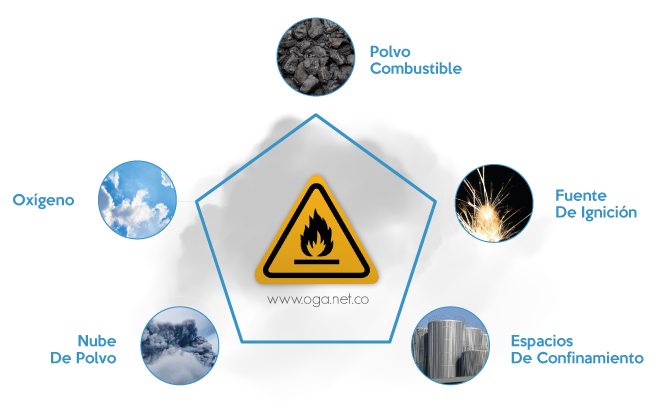
What is an Explosive Atmosphere?
It is an atmosphere susceptible to explode (the danger exists potentially) as a result of installation failures: leaks, breaks in pipelines, thermal variations, etc.
Some combustible raw materials.
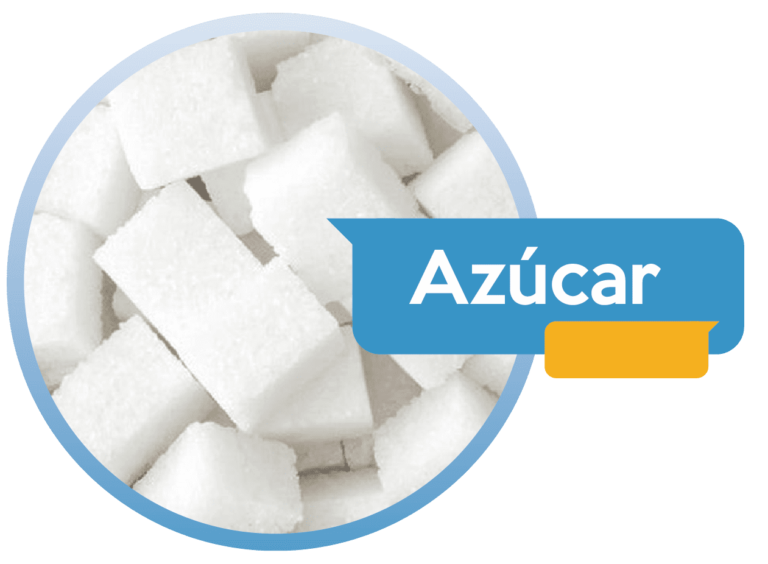




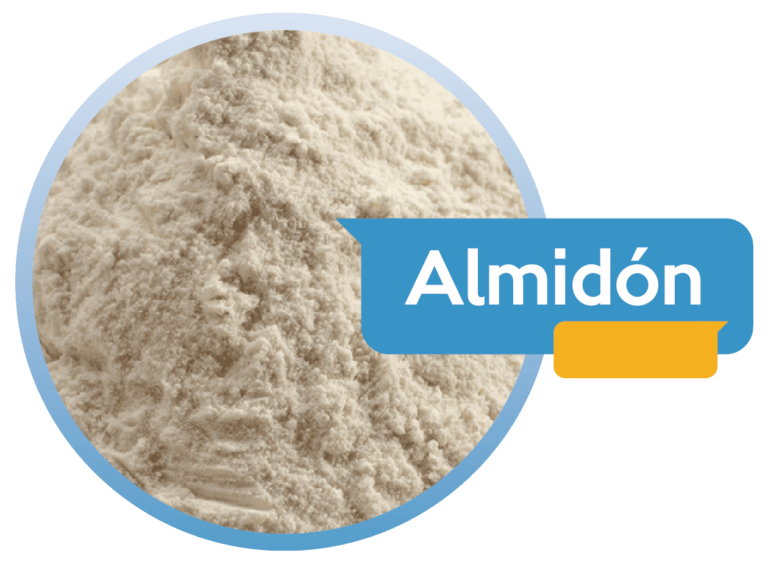

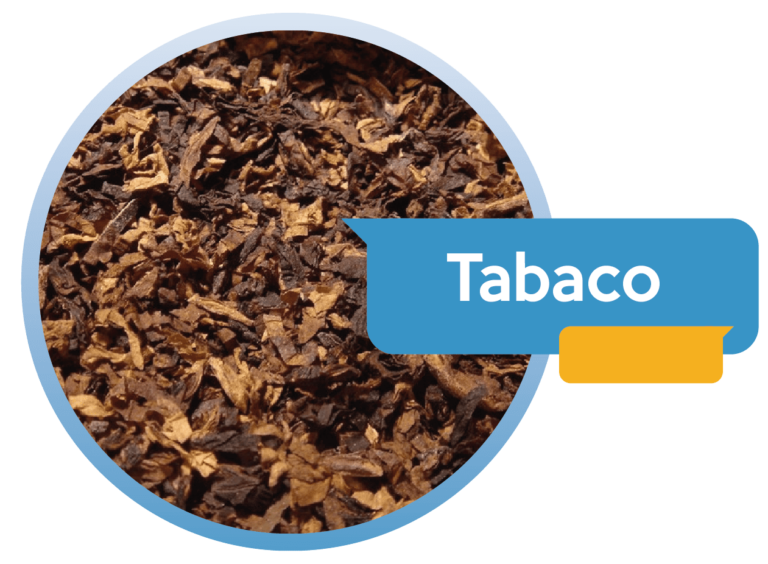




Hazard Zone Classification
The zones are classified based on escape sources, which are points or locations where the combustible substance can escape and form an explosive mixture with the air.
Zona 20
Explosive atmosphere present frequently.
Location where, during normal operation, combustible dust, in the form of a cloud, is permanently or frequently present in sufficient quantity to be capable of producing an explosive concentration of combustible dust mixed with air, and/or where layers of excessively thick and uncontrollable dust can form.
Zona 21
Occasional formation of explosive atmosphere.
Location not classified as zone 20 where, during normal operation, combustible dust in the form of a cloud is likely to appear in sufficient quantity to be capable of producing an explosive concentration of combustible dust mixed with air.
Zona 22
Formation of explosive atmosphere under abnormal conditions, only for a brief time.
Locations where dust clouds may rarely appear and persist only for short periods, or where accumulations or layers of combustible dust may be present under abnormal conditions, leading to an increase in flammable mixtures of dust in the air.

Ignition Sources according to DIN 1127-1
- Hot surfaces
- Fire and hot gases
- Mechanical sparks
- Electric sparks •
- Electrostatic discharges
- Cathodic voltage •
- Lightning (electrical storm)
- Frequency radiation
- Electromagnetic radiation
- Ionizing radiation
- Ultrasonic waves
- Adiabatic compression and shock waves
- Exothermic reaction (auto-ignition of organic matter)
Explosion Risk Equipment
- Dust Collectors
- Storage Silos
- Mixers
- Mills
- Blenders
- Bucket Elevators
- Chain/Screw Conveyors
- Dryers
- Screens/Sieves
- Unloading Stations
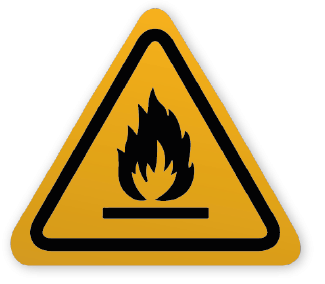
Specialists in Pneumatic Conveying
For over 28 years of global operation across multiple productive markets, OGA SISTEMVAC has become an iconic company in the sector, boasting an extensive portfolio of tailor-made comprehensive solutions for each industry.


